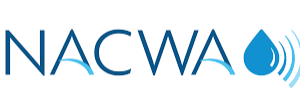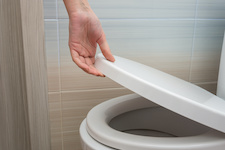NACWA Releases White Paper on Funding and Financing Options
 NACWA has released a white paper that outlines various funding and financing options the federal government could pursue to help municipal clean water utilities recover from the current economic challenges facing the sector due to the COVID-19 pandemic. The document comes as many clean water utilities around the nation are facing unprecedented lost revenue due to the widespread economic impacts of the coronavirus pandemic. Read more about the comprehensive strategies outlined here.
NACWA has released a white paper that outlines various funding and financing options the federal government could pursue to help municipal clean water utilities recover from the current economic challenges facing the sector due to the COVID-19 pandemic. The document comes as many clean water utilities around the nation are facing unprecedented lost revenue due to the widespread economic impacts of the coronavirus pandemic. Read more about the comprehensive strategies outlined here.New Study Tells Public to “Close the Lid” to Reduce COVID-19 Exposure
 New studies are indicating a new potential exposure route for the COVID-19 virus and the public– flushing the toilet without closing the lid. Based on the scientific simulations, the cloud of water droplets, fecal matter particulates, and air expelled upwards when a toilet is flushed reach high enough and linger long enough to potentially be inhaled. Scientists have yet to determine if these clouds, professionally termed “toilet plumes”, contain the COVID-19 virus to the extent that it is a mode of infection. CASA, the State Water Board and our partners have developed a series of fact sheets and guidance related to wastewater safety and the low likelihood of infectivity during the collection and treatment process. However, these new studies cover activities before it reaches our systems.
New studies are indicating a new potential exposure route for the COVID-19 virus and the public– flushing the toilet without closing the lid. Based on the scientific simulations, the cloud of water droplets, fecal matter particulates, and air expelled upwards when a toilet is flushed reach high enough and linger long enough to potentially be inhaled. Scientists have yet to determine if these clouds, professionally termed “toilet plumes”, contain the COVID-19 virus to the extent that it is a mode of infection. CASA, the State Water Board and our partners have developed a series of fact sheets and guidance related to wastewater safety and the low likelihood of infectivity during the collection and treatment process. However, these new studies cover activities before it reaches our systems.



 @CASA_CleanWater
@CASA_CleanWater